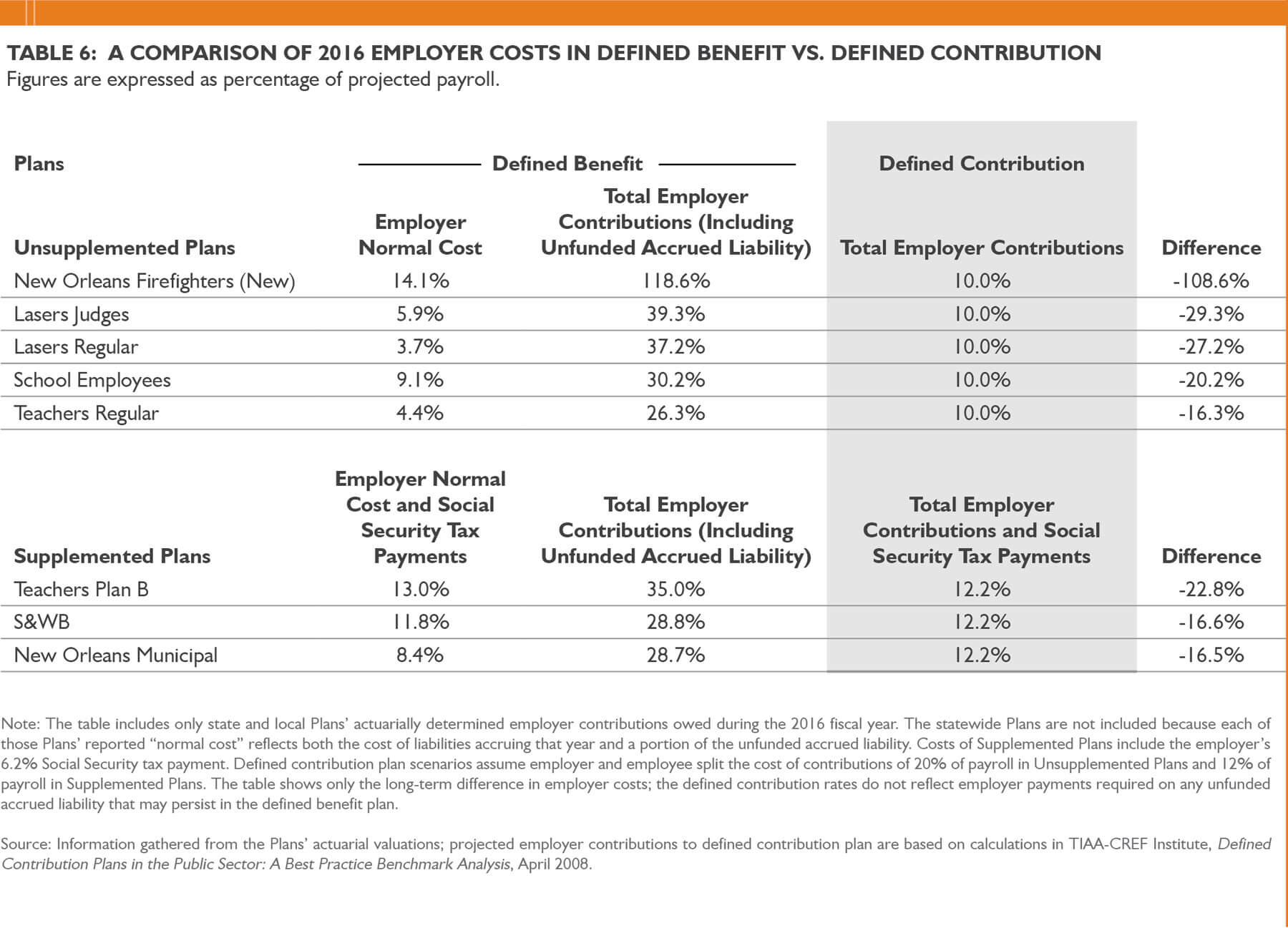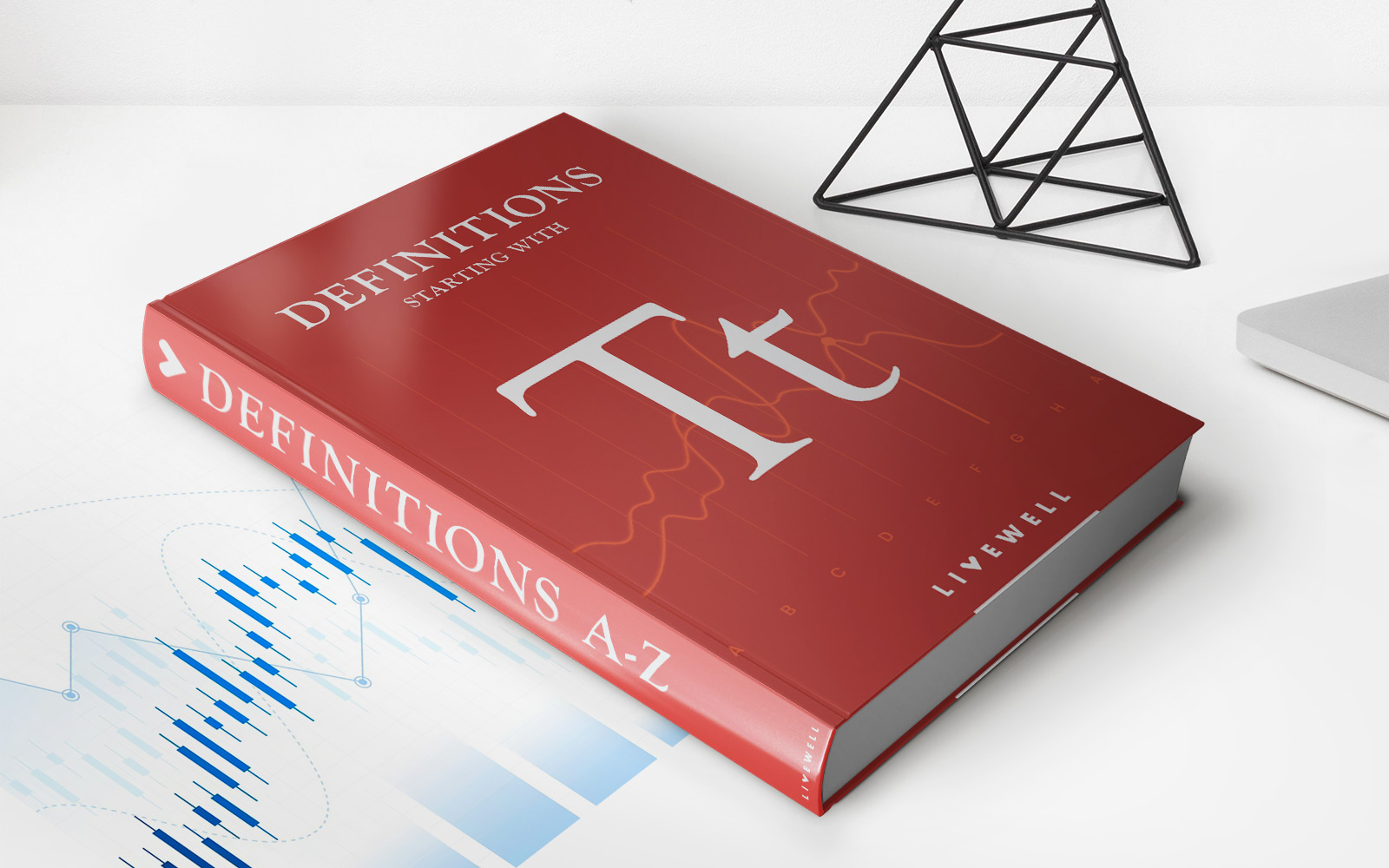

Finance
419(e) Welfare Benefit Plans Definition
Published: September 24, 2023
Discover the meaning of 419(e) Welfare Benefit Plans in finance, ensuring your financial stability. Explore the benefits and advantages for future financial planning. Stay informed!
(Many of the links in this article redirect to a specific reviewed product. Your purchase of these products through affiliate links helps to generate commission for LiveWell, at no extra cost. Learn more)
What is a 419(e) Welfare Benefit Plan?
In the world of finance, it’s essential to stay informed about different types of benefit plans to ensure you make the right decisions for your financial future. One such plan is the 419(e) Welfare Benefit Plan, which can provide significant advantages for both employers and employees. In this article, we will dive into the definition, benefits, and key considerations of a 419(e) Welfare Benefit Plan.
Key Takeaways:
- A 419(e) Welfare Benefit Plan is a type of employer-sponsored benefit plan that offers tax advantages.
- The plan is designed to provide welfare benefits to employees, such as medical coverage, life insurance, and disability coverage.
Understanding 419(e) Welfare Benefit Plans
A 419(e) Welfare Benefit Plan is an employer-sponsored benefit plan specifically designed to provide various welfare benefits to employees. These benefits typically include medical coverage, life insurance, disability coverage, accident insurance, and more. The main goal of this plan is to provide additional protection and financial security to employees, while also offering potential tax savings to employers.
Now, let’s take a closer look at the key benefits and considerations associated with a 419(e) Welfare Benefit Plan:
Benefits of a 419(e) Welfare Benefit Plan:
- Tax Advantages: One of the primary advantages of a 419(e) Welfare Benefit Plan is the potential tax benefits it offers to employers. Contributions made by the employer towards employee benefits are generally tax-deductible, reducing the overall tax burden.
- Employee Retention and Attraction: By offering comprehensive welfare benefits, employers can enhance employee satisfaction and boost retention rates. Additionally, attractive benefit packages can also help attract top talent to the organization.
- Customization: Employers have the flexibility to choose the types of welfare benefits they offer and can tailor the plan to meet their specific needs and budget.
Considerations for Employers:
- Compliance: Employers must ensure their 419(e) Welfare Benefit Plan complies with the guidelines set forth by the Internal Revenue Service (IRS). Failure to comply can result in penalties and potential disqualification of the plan.
- Documentation: Proper documentation and record-keeping are crucial when implementing a 419(e) Welfare Benefit Plan. Employers should keep accurate records of contributions, benefits provided, and beneficiary details.
- Professional Guidance: Due to the complexities involved, seeking professional guidance from financial experts or consultants can help employers navigate the intricacies of setting up and maintaining a 419(e) Welfare Benefit Plan.
In conclusion, a 419(e) Welfare Benefit Plan offers employers and employees a range of benefits, from potential tax savings to comprehensive welfare coverage. However, it is essential to understand the guidelines and potential pitfalls associated with these plans. By seeking professional advice and ensuring compliance, employers can harness the advantages of a 419(e) Welfare Benefit Plan while safeguarding the financial well-being of their workforce.














